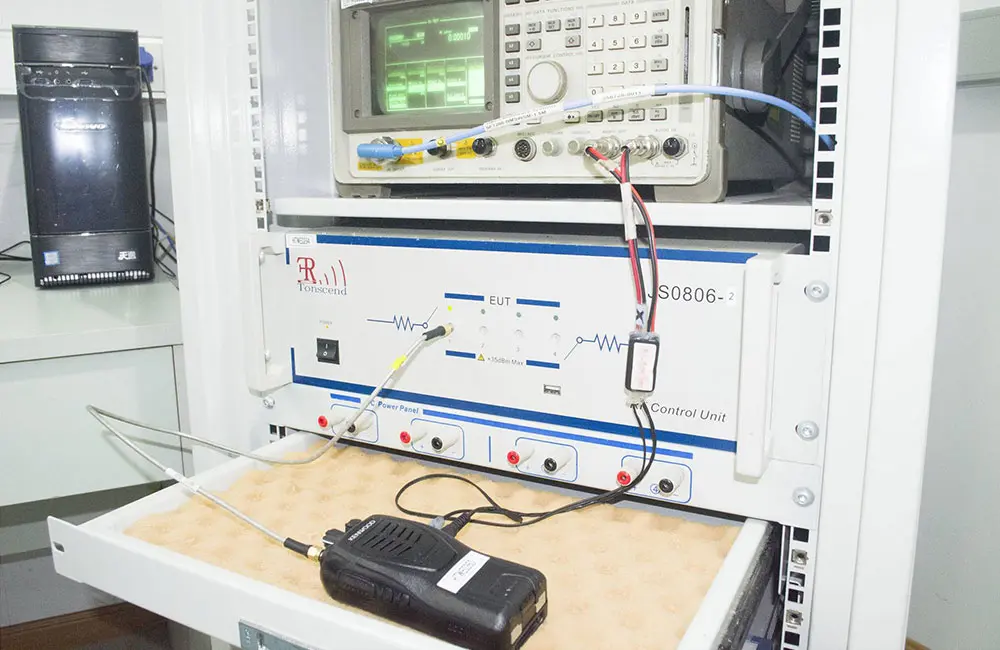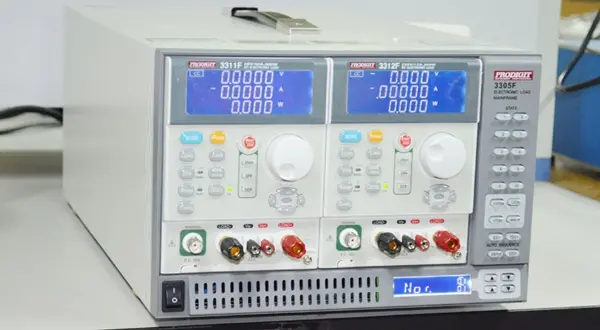
IEC62619 Certification Testing Laboratory
IEC62619, released on February 13, 2017, outlines general requirements for secondary lithium-ion batteries used in industrial applications.
The testing content includes: product structural design, safety testing, functional safety evaluation, and more.
Product safety testing requirements include: external short circuit, impact, drop test, thermal abuse, overcharge, forced discharge, internal short circuit, thermal runaway, and other tests.
Testing Capabilities
- Coverage: Nickel-based and lithium-based batteries for portable electronic products
- Applicable Regions: United Nations member countries
- Testing Period: Based on experimental testing conditions
- Testing Quote: A comprehensive assessment based on product characteristics and testing requirements
Testing Advantages
- Anbotek Testing has a CNAS/CMA accREDited reliability laboratory
- Relatively low cost, with a charge/discharge capacity up to 800V/600A, and a walk-in temperature chamber
- JJR Laboratory possesses comprehensive capabilities, with a technical expert team rich in practical experience, providing one-stop services for inspection, appraisal, testing, and certification.
Email:hello@jjrlab.com
Write your message here and send it to us
 What is the meaning of EMC?
What is the meaning of EMC?
 Why EMC Test Is Required?
Why EMC Test Is Required?
 What is the Difference Between EMI and EMC?
What is the Difference Between EMI and EMC?
 What is the difference between CE EMC and CE LVD?
What is the difference between CE EMC and CE LVD?
 What Is the EU WEEE for Electronic and Electrical
What Is the EU WEEE for Electronic and Electrical
 What Is the ASTM D4316-95(2016) Hot Water Bottle T
What Is the ASTM D4316-95(2016) Hot Water Bottle T
 Amazon Electric Massager UL1647 Test Report
Amazon Electric Massager UL1647 Test Report
 What Is IEC 60068-2-5:2018 Solar Radiation Test?
What Is IEC 60068-2-5:2018 Solar Radiation Test?
Leave us a message
24-hour online customer service at any time to respond, so that you worry!




